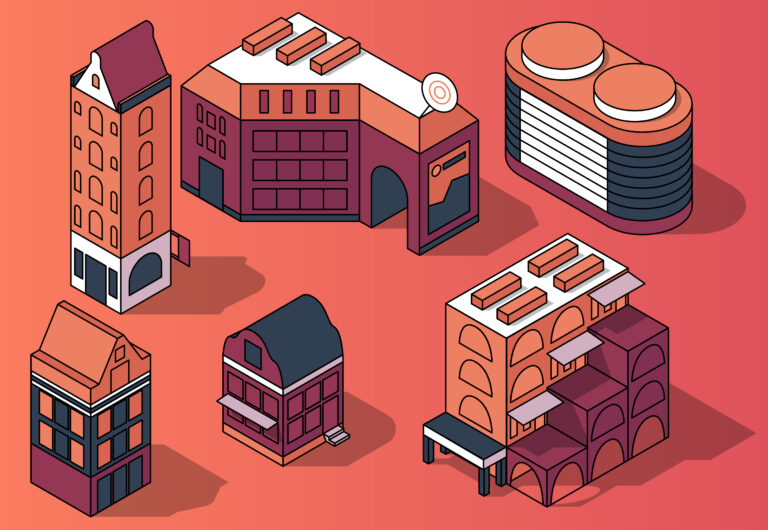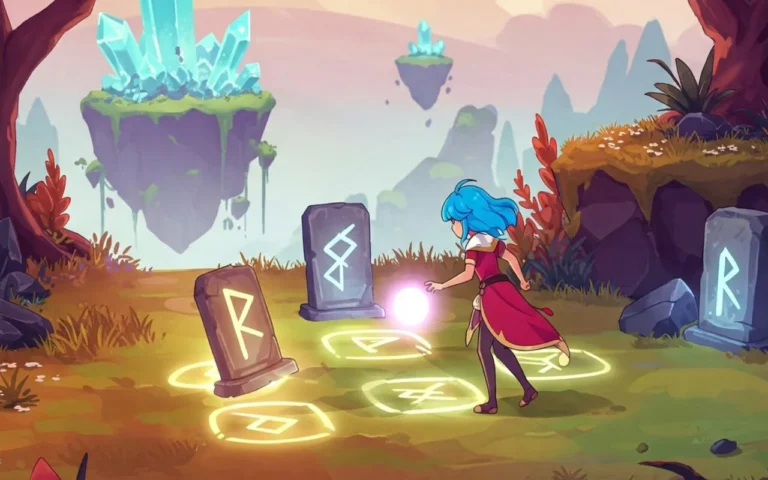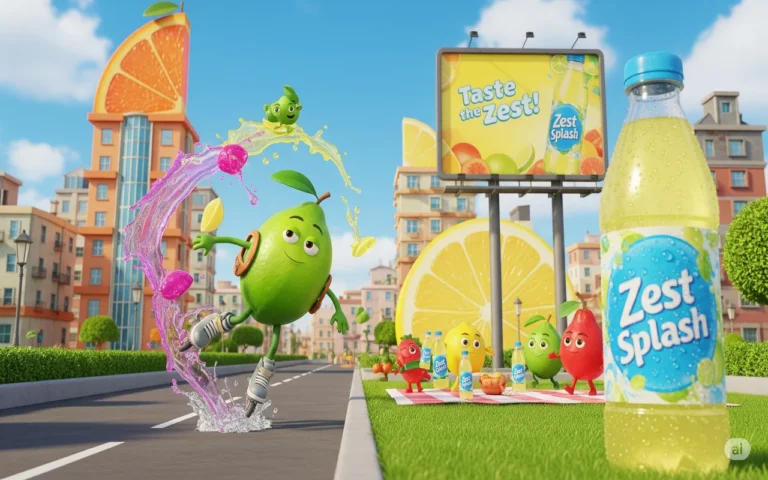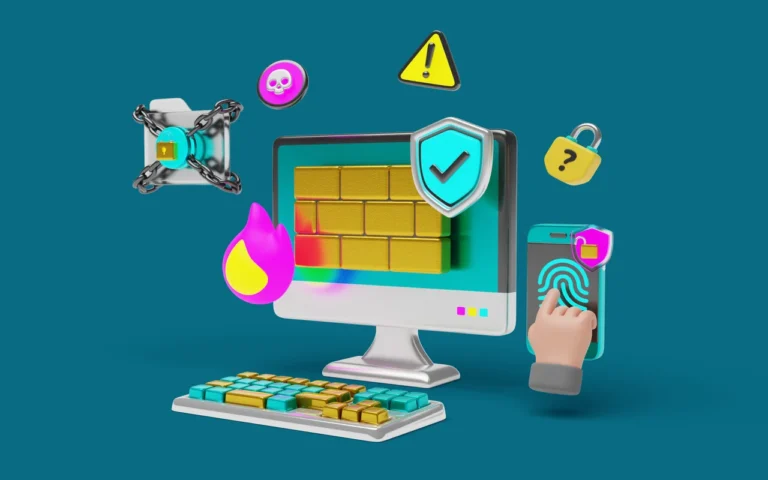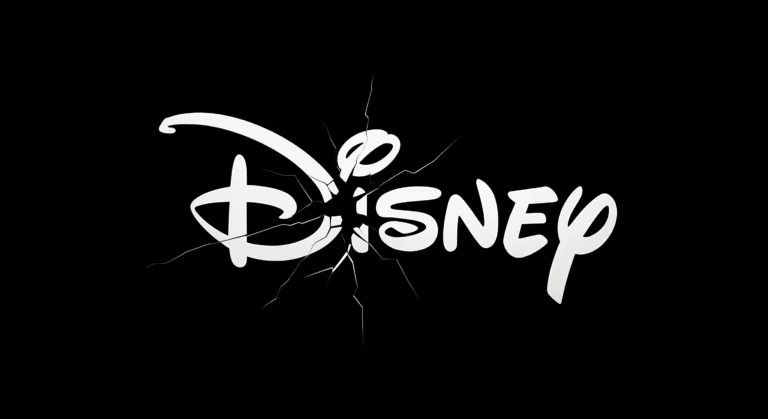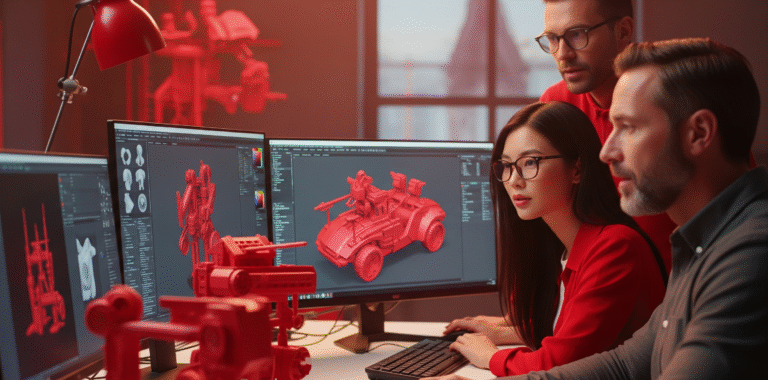3D animators are the creative architects behind some of the most compelling visual experiences in gaming, film, virtual reality, and advertising.
A 3D animator’s role goes beyond just moving characters; they breathe life into imaginative worlds, making characters relatable, scenes immersive, and stories captivating.
As technology advances, 3D animation has reached various industries, transforming how we perceive and interact with digital content.
Pixune Studios’ 3D animators constantly strive to bring new and captivating ideas to life through top-notch techniques, resonating with audiences around the globe.
In this article, we will dive deep into the role of a 3D animator, their major responsibilities at work, the process they follow, and how the field’s landscape is evolving.
By understanding what goes into 3D animation, aspiring animators and enthusiasts can appreciate this field’s blend of creativity and precision in addition to following a very progressive career path in 3D animation.

Need 3D Animation Services?
Visit our 3D Animation Service page to see how we can help bring your ideas to life!
What Are the Responsibilities of a 3D Animator?
A 3D animator’s responsibilities encompass various aspects of the animation pipeline, requiring both technical skills and artistic sensibility.
Here’s a closer look at some of their core duties in different projects:
Character Animation:
One of the main tasks in 3D production is to create lifelike character movements.
3D animators bring characters to life through character animation with realistic gestures, facial expressions, and body language that match the story’s tone and emotion.
Animators work closely with rigged 3D models to create movement sequences where each movement is fluid and believable.
Rigging and Skinning:

Rigging, or creating a digital skeleton for a character or object, allows digital content to be animated.
Rigging in 3D animation can be complex, especially for characters with extensive motion needs, like action scenes or fantasy creatures with multiple limbs.
Skinning, on the other hand, involves binding the character’s skin to the rig, creating smooth deformations that mimic natural muscle and skin movement.
Keyframe Animation:
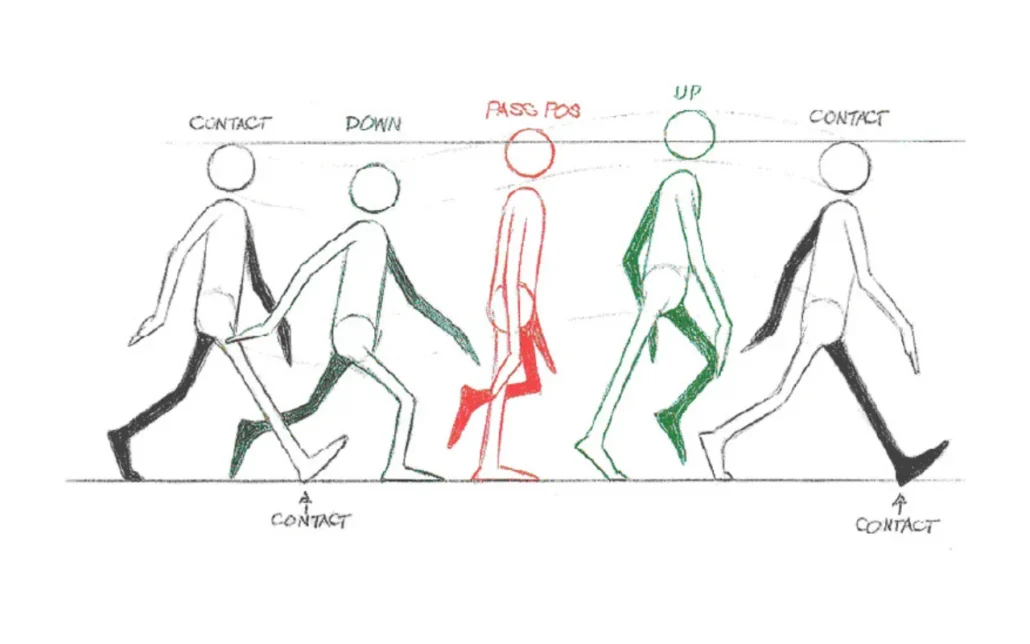
Animators manually set frames in an animation sequence at critical points with keyframe animation.
This approach is often used when animators want complete control over movement, as each frame is defined precisely.
By using suitable keyframe animation tips, animators can create highly stylized or intricate motions that express a specific style or emotional tone.
Motion Capture Integration:
With thorough fundamental knowledge of the 3D animation pipeline, 3D animators often work with motion capture data, especially in realistic, high-budget productions. They refine and adjust motion-captured performances to seamlessly integrate them with other animated elements and enhance the overall scene.
Environmental Animation:
Beyond characters, animators often work on environmental elements like vegetation, weather effects, or other objects in a scene.
Animating these elements makes digital worlds feel alive and immersive, as well as enhancing the viewer’s experience.
Collaborative Storytelling:
Animators work closely with directors, writers, and technical artists to understand the narrative purpose behind a scene.
They further translate these ideas into motion and weave every animated movement into the overall story. Compelling storytelling is essential in creating authentic, relatable, and persuasive characters and worlds.
Scene Planning and Blocking:
Planning and blocking are crucial stages where animators draft the overall movement within a scene. By positioning characters and objects in critical places, animators establish the framework for how the action unfolds with consistency and clarity in complex scenes.
The Essential Skill Set For a 3D Animator!
To excel in 3D animation, animators need a blend of artistic, technical, and collaborative skills.
Here’s a breakdown of some of the fundamental skills for this profession:
Artistic Sensibility:
A solid background in art—such as knowledge of anatomy, physics, and spatial awareness—is essential for creating realistic pictures.
With animation being a significant part of visual arts, it’s crucial for animators to have a thorough knowledge of what 3D animation is all about.
Understanding human anatomy and animal movement helps animators make characters look believable and appealing, while knowledge of physics is crucial for simulating actual weight and motion.
Technical Proficiency:
Animators must be proficient in 3D software tools like Maya, Blender, and Cinema 4D, which are industry-standard tools with various features for creating and refining animations.
Aspiring 3D animators can utilize free animation software to start their projects and move their way up.
Animators also need to understand the rigging, texturing, and rendering processes, which are essential for bringing animated scenes to life.
Storytelling Skills:
Great animators are also great storytellers. They understand how to convey emotion, intent, and personality through movement and how to pace action to maintain viewer engagement. Every gesture and motion delicately contributes to the narrative, so a solid grasp of storytelling fundamentals is vital for every professional 3D animator.
Attention to Detail:
Animation is all about precision. Animators must be able to spot and correct tiny imperfections, like a character’s unnatural movement or a slight delay in a reaction, which can disrupt the viewer’s immersion.
Attention to detail ensures that every frame contributes to a cohesive and convincing experience.
Collaboration and Teamwork:
Animation is a collaborative process involving directors, modelers, riggers, and others.
3D animators must have excellent communication skills to work effectively within a team, align their work with the project’s goals, and receive feedback from other members.
The 3D Animation Process: From Concept to Post-Production!
3D animation services are a structured yet cohesive process involving several stages.
In the following, we have broken this process down into a few steps for better comprehension of the workflow:
1. Concept and Storyboarding:
The animation process simply begins with an idea! Conceptualizing with storyboards to outline key scenes and character movements to create a roadmap for the entire animation.
Having a basic understanding of “what is concept art?” can help you progress with your initial ideas to visual production.
This phase helps animators and other team members visualize the project’s flow and spot potential challenges early.
2. Content 3D Modeling:
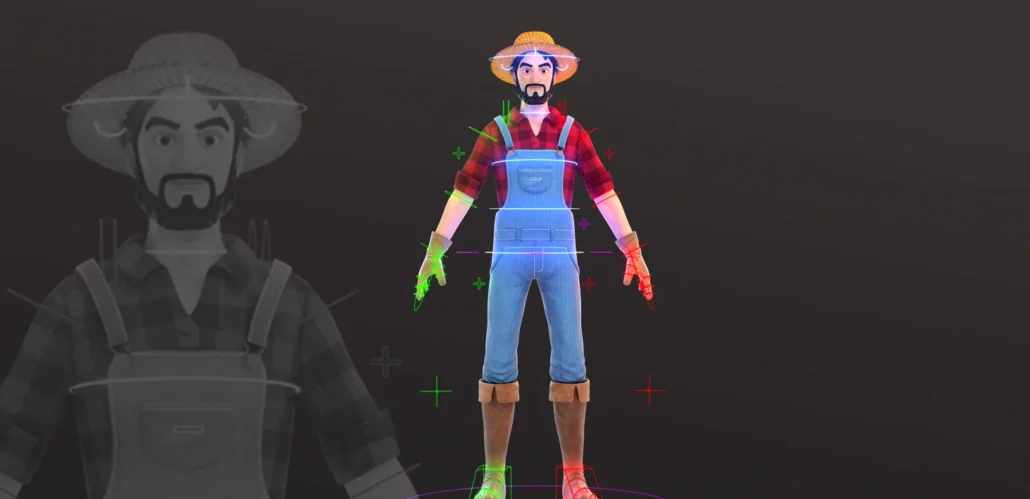
In this phase, 3D models of characters, objects, and environments are created based on design concepts.
The 3D modeling process is a detailed and significant stage that shapes how natural characters, objects, and environments will appear in the final production.
3. Rigging:
Once models are created, rigging specialists add skeletons or “rigs” to characters and objects.
Rigging artists provide the framework for movement, allowing animators to manipulate characters realistically. Complex rigging setups often involve muscle structures, facial controls, and custom tools that add flexibility to the model’s movements, facilitating the animator’s creativity for storytelling.
Animation:
The core stage for 3D animators: Where initial models are brought to life!
Using techniques like keyframe animation or motion capture, animators create realistic movements that reflect the intended emotions and actions.
They refine such motions over multiple iterations to ensure smooth animation meets the creative vision.
Lighting and Texturing:

Lighting and texturing add depth and realism to scenes.
3D texturing involves applying surface details like color, material, and texture to models, while proper lighting distinguishes mood and atmosphere.
This stage enhances visual appeal and can transform a scene from a basic render to a fully immersive environment.
Rendering and Compositing:
Rendering is the final stage, where the animated sequence is processed into individual frames or videos. Once rendered, the frames are compiled in post-production, where compositing may add effects like shadows, color correction, or background elements for a polished final product.
Final Edits and Review:
The team reviews the animation, often involving repetitive rounds of feedback and edits.
Any necessary adjustments are made, and the animation is then finalized and ready for integration into the larger project.
Different Types of 3D Animation And Their Uses!
3D animation is a broad field with different techniques used for various applications.
Let’s dive into some of the main types of this art form:
Character Animation:
Character animation, which focuses on lifelike character movements and expressions, is used widely in film, gaming, and commercials. It requires a strong understanding of anatomy, psychology, and acting to create movements that express personality and emotion.
Simulation-Based Animation:
Including effects like water, smoke, fire, or hair, this type of animation is created using physics simulations. Tools like Houdini allow animators to set up these simulations and produce complex pictures that mimic real-world behavior.
Mechanical Animation:
Mechanical animation is standard in industries like engineering and manufacturing. It is used to visualize complex machinery or processes, requiring precision and technical knowledge to represent how various machines work with meticulous detail.
Environmental Animation:

This type of animation, used to bring environments to life, includes moving elements within a scene, such as trees blowing in the wind or waves crashing, adding realism and immersiveness to digital landscapes.
Motion Graphics:
Often used in advertisements and informational videos, motion graphics involve animating elements like text, shapes, and icons.
This type of animation is more abstract, focusing on dynamic movement and timing rather than realistic motion.
Animators in the Industry: What Are The Applications of 3D Animation?
3D animators are in high demand across various companies and industries.
Below are some of the major applications of 3D animation in different fields:
Film and Television:
3D animators bring stories to life in film and TV, from animated characters to complex special effects. They work on projects that range from animated movies to integrating CGI elements into live-action scenes.
Video Games:
3D animation is at the heart of game design, providing interactive 3D character development and immersive environments.
Games often combine character animation with environmental animation to create dynamic worlds.
Advertising and Marketing:
Brands use 3D animation for commercials, product visualizations, and promotional content, utilizing visual appeal to capture attention and convey messages.
Architecture and Engineering:
Animators create 3D visualizations for architectural models, engineering processes, and manufacturing designs, helping clients visualize projects before they’re built.
Virtual Reality and Augmented Reality:
In VR and AR, 3D animators play a crucial role in creating immersive, interactive experiences. They design responsive characters, dynamic objects, and realistic environments for users to interact with in real-time.
For AR, animators must ensure that digital elements blend seamlessly with the real-world view for a believable and engaging experience.
Healthcare and Education:
3D animation is also increasingly used in healthcare for training simulations, anatomical visualizations, and patient education.
In educational settings, 3D models and animated scenarios provide engaging visuals that help students understand complex topics like physiology, molecular biology, and anatomical subjects.
The Toolbox of Every 3D Animator: Software and Platforms!
Mastering a range of tools and software is essential for any 3D animator.
Here are some of the most widely used and beloved platforms in the industry:
Autodesk Maya:
Autodesk Maya is industry-standard software for 3D animation. It offers comprehensive tools for modeling, rigging, and animation.
Maya is especially popular for character animation and is widely used in film and game development.
Blender:
Blender is an open-source tool that is growing in popularity among animators, especially independent creators and small studios. It offers powerful modeling, animation, and rendering capabilities at no cost, making it accessible to beginners and professionals.
Learn more about the differences between Maya and Blender to choose an apt platform for your projects.
Cinema 4D:
Known for its user-friendly interface and powerful motion graphics capabilities, Cinema 4D is a go-to for advertising, broadcast, and product design animators. It’s particularly suitable for motion graphics and has an intuitive learning curve.
Houdini:
Houdini is famous for simulation-based animation, like visual effects involving smoke, fire, water, and destruction. Its procedural approach makes it ideal for complex effects that require flexibility and customization.
Motion Capture Systems:
Motion capture (or “mocap”) systems like Vicon and Xsens are essential for capturing real-world motion and transferring it to digital characters.
Mocap is extensively used in game and film studios to create lifelike characters based on live-action performances.
The 3D Animators’ Career Landscape
3D animation offers numerous professional opportunities for growth and specialization in various fields and industries.
Here, we have briefly reviewed some typical career paths for animators, from entry-level to more advanced positions:
Junior 3D Animators:
Entry-level animators start as juniors, learning the ropes by handling simpler tasks, like basic animations, and shadowing senior animators.
This phase focuses on building a solid foundation in animation principles, software proficiency, and pipeline processes.
Full-Time 3D Animators:
Animators will then progress to standard roles, taking on more responsibilities concerning complex scenes or characters.
They work more independently, contribute creative ideas, and may start specializing in areas like character or environmental animation.
Senior and Lead Animators:
Senior animators oversee entire scenes or sequences while working on complex character animations or managing visual continuity. They mentor junior animators and collaborate closely with the production team.
Lead animators supervise teams, handle high-level creative decisions, and ensure that animation aligns with the director’s vision. They oversee pipeline efficiency, troubleshoot technical issues, and play a key role in problem-solving.
Animation Directors:
An animation director manages the entire animation department on a project, defining the animation style, reviewing all animators’ work, and ensuring animation consistency. This role combines a deep understanding of storytelling with leadership and project management skills.
Freelance and Independent Animators:
Many animators also choose freelance careers and work on projects across industries, from film to advertising.
Freelancers enjoy creative flexibility but also need strong business skills to manage clients and projects independently.
2024 Trends in 3D Animation: Where To Go Next?
As the 3D animation industry evolves daily, technological advances and changing consumer expectations continue to influence 3D animators and their roles.
The following trending topics are shaping the future of 3D animation:
Real-Time Rendering:
3D rendering, especially with game engines like Unreal Engine and Unity, is transforming how animations are created and viewed.
This trend is enabling faster production timelines and more interactive storytelling experiences.
Artificial Intelligence in Animation:
From automating repetitive tasks to assisting with motion generation, AI is now woven into animation workflows.
Machine learning algorithms can analyze large datasets of human motion and facilitate the creation of realistic animations.
AI tools are also emerging to enhance facial animations to allow artists to create more expressive, nuanced characters.
Procedural Animation:
Procedural animation uses algorithms to generate motion based on rules rather than predefined keyframes. This approach is valuable for creating dynamic and complex animations like crowd movements, particle effects, or environmental elements like weather patterns.
This method allows animators to save time and create a more natural flow by making variations without manually adjusting each particle. Procedural techniques are also trendy in gaming, where characters and objects must react to changing environments in real-time.
Motion Capture Advancements:
Motion capture technology is becoming more accessible, portable, and precise. Wearable motion capture suits and even mobile devices now allow animators to capture realistic movement without needing a full studio setup.
This advancement democratizes access to high-quality motion data, making it easier for animators to incorporate realistic movement into their work.
Increased Focus on Sustainability:
With growing awareness of environmental issues, some studios are looking for sustainable practices within animation production.
Cloud-based rendering and virtual production methods help reduce the energy consumption of large render farms.
Additionally, remote collaboration tools allow studios to work globally without frequent travel to reduce their carbon footprint.
Bridging Animation and Live Action:
With advanced CGI and VFX technology, there is now a fine line between animated and live-action content! This trend shows how 3D animators can work in both live-action and fully animated projects, expanding the type of storytelling they want to help create.
Final Words
The role of a 3D animator is a captivating blend of artistry, technology, and storytelling. From designing lifelike characters to creating immersive worlds, 3D animators bring imagination to life in a way that engages audiences all around the world.
3D animation roles require a unique combination of creative vision, technical expertise, and collaboration. The skills they develop can be applied in everything from film and gaming to VR and architecture.
As technology continues to evolve, the field of 3D animation is expanding into new areas, introducing exciting tools and trends that push the boundaries of what’s possible, making this the perfect era for new and aspiring 3D animators!
Whether you’re just starting out or looking to advance in your career, staying informed on industry trends and continuously improving your skills by exploring diverse applications are the keys to success in this fast-paced and ever-evolving field.
The journey to becoming a 3D animator is one of constant learning, precision, and innovation, with each project offering a new challenge and a chance to bring something extraordinary to life!
